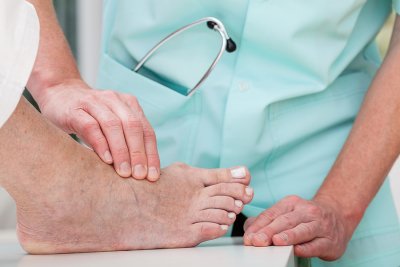Bunion Surgery 101
A bunion is a foot deformity that causes one of the bones of the big toe to become enlarged and dominant against the outer edge of the toe. The deformity looks like a large bump, and it is made up of bone and soft tissue. Bunions can develop as a result of certain diseases, such as arthritis or polio, or regularly wearing ill-fitting shoes. If you’re in need of bunion treatment in Sugar Land , a podiatrist or foot specialist near you may recommend bunion surgery. Here are some important facts about bunion surgery.
Who Can Benefit From Bunion Surgery?
Your podiatrist or foot doctor will recommend bunion surgery if all other non-surgical bunion treatment options have failed. The surgery is typically recommended for those who suffer from these symptoms as a result of their bunions: intense pain, difficulty walking, chronic inflammation, and toe stiffness and deformity.

Types of Bunion Surgery
The main goal of bunion surgery is to realign the joint, correct a deformity, and relieve pain. A foot specialist may choose from a few different procedures to accomplish this. Osteotomy is a type of surgery in which the joint bone is cut or realigned to correct deformity or relieve pressure on the joint. Arthrodesis is the removal of damaged joint areas, and the insertion of screws, wires, or plates to hold the joint together. Your surgeon may also need to repair the tendons and ligaments around your big toe to add structure, flexibility, and strength.
Results of Bunion Surgery
The majority of patients who visit a podiatrist or foot specialist for bunion removal surgery report a dramatic decrease in pain and in the severity of their toe deformity after the surgery. Bunion surgery will not allow you to wear smaller, narrower shoes, and you should not continue to wear these shoes after surgery because it can cause your bunions to reoccur. 85% to 90% of patients who undergo bunion surgery are satisfied with the results.

